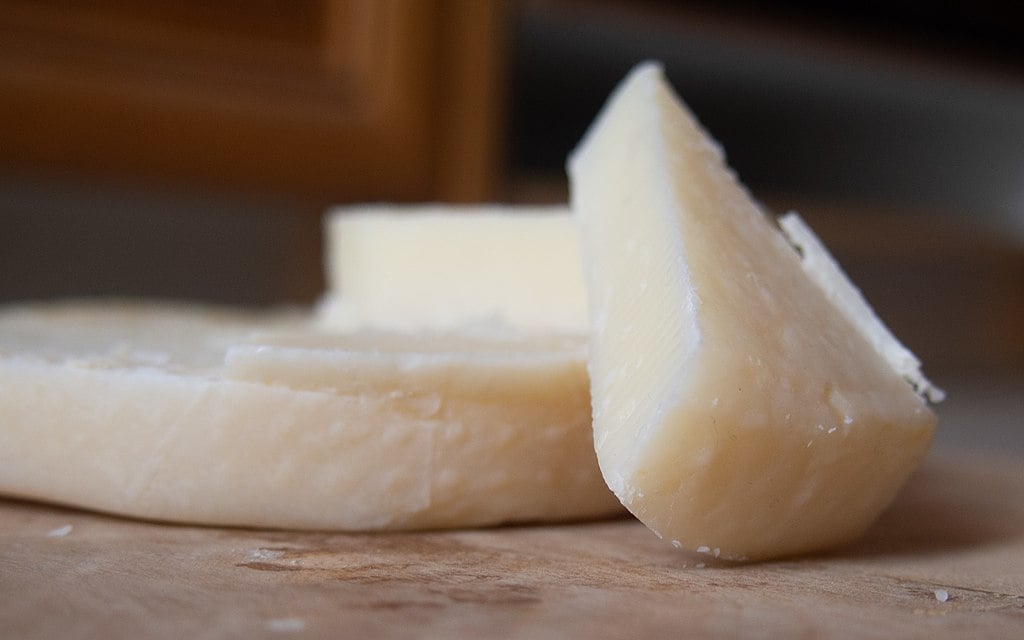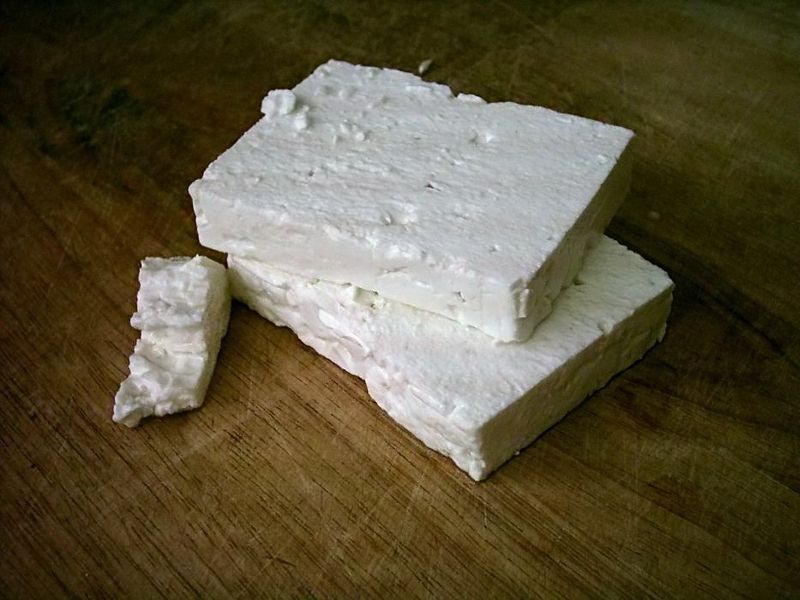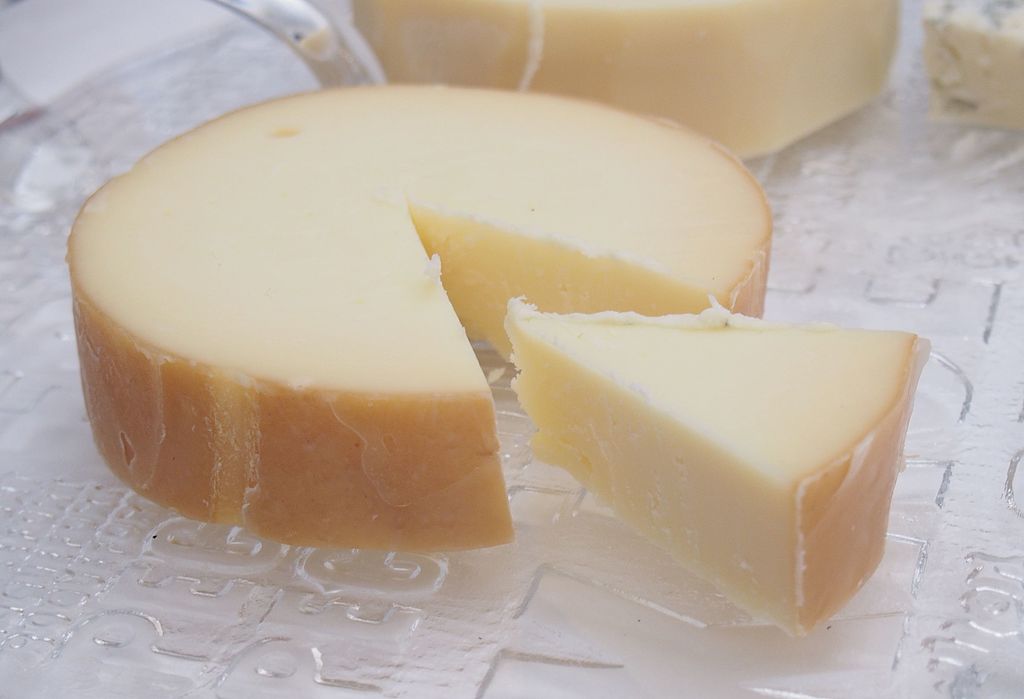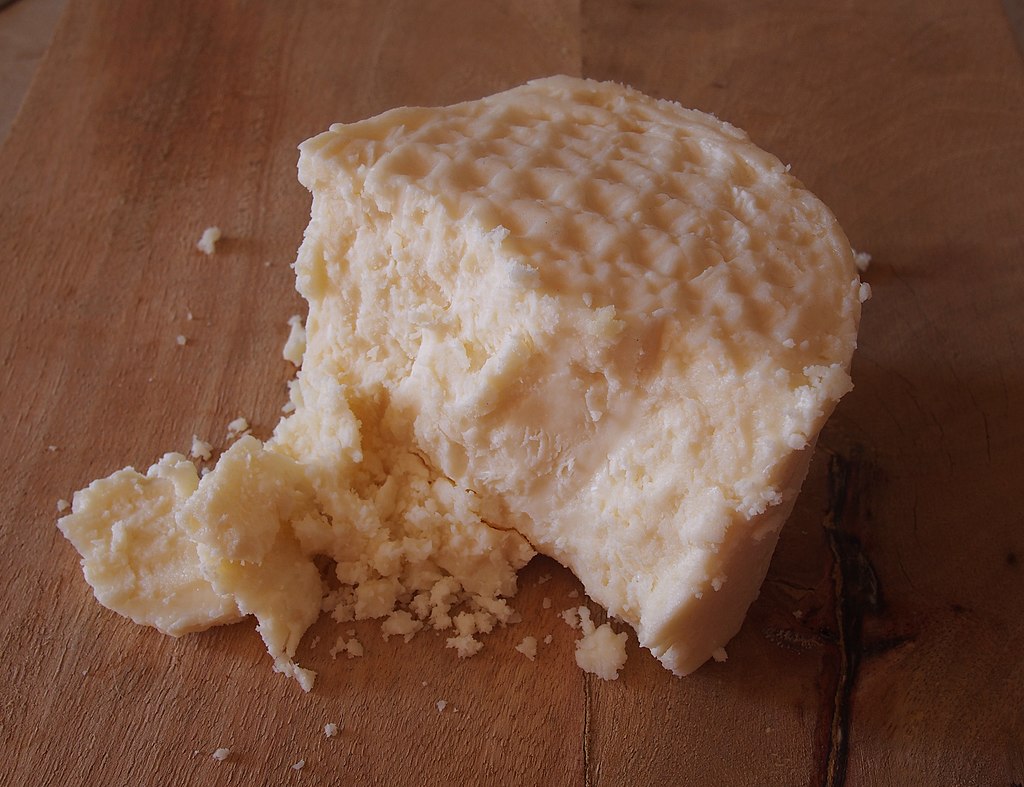
Cheese is an important part of Greek cuisine, and each region of the country has its own special version of the dairy product. While feta is delicious, there are many more Greek cheeses to try!
The first known mention of cheese in ancient Greece was in the epic poem The Odyssey, in which Homer describes in detail the shepherd and cheese maker Cyclops Polyphemus and the different cheeses, made from sheep and goat’s milk, which lay ripening in his cave.
The Greek word for cheese, “τυρί,” comes directly from the ancient Greek word “tyros” (τυρός). It is believed to derive from the verb “tyrevo” (τυρεύω), which means to curdle, or solidify, milk.
Since ancient Greeks kept a great many sheep and goats, the cheese they made was from the milk of those animals, and feta is most likely the very first cheese they produced.

The first mention of feta cheese is believed to have been in a Byzantine poem, where it is referred to as prosfato (πρόσφατο), meaning “recent.” This is most likely because feta cheese is fresh, as opposed to those which are aged for a long time.
The name of feta cheese dates from the 17th century during the Venetian era in Greece, and its etymological origin is from the Latin word “fette” or “slice.”
It is thought that the word refers to the practice of slicing the cheese before it was placed into barrels. The name feta first became widely used in the 19th century.
Delicious Greek cheeses
However, Greece produces many more kinds of cheese other than just its iconic feta. In fact, there are regions in Greece famous for producing exquisite aged cheeses.
Greece produces many hard and semi-hard cheeses, mostly thought of as “yellow cheeses” by consumers.
Greece is among the three European countries whose citizens consume the most cheese per capita and is also within the top ten in cheese production among the 28 nations of the EU.
These aged cheeses account for 14.5 percent of total cheese production in Greece. The most popular are the following.
Kasseri is a popular cheese originating from the times of Ottoman rule in the country. The word derives from the Turkish word “kaşer,” which in turn refers to the Latin “caseus.”
From this same root comes the word “cheese” in English and “käse” in German.
Kefalotyri is considered the oldest of the hard cheeses of Greece. It takes its name from its head-like, rounded form.
The country is home to a wide variety of cheeses

Metsovone is a traditional Greek hard cheese which is smoked. It is produced in the area of Metsovo in Epirus from which it derives its name. Its rich, smoky, almost spicy taste is unparalleled.
Graviera is a type of hard, yellow cheese from Greece. Many towns, villages, and islands produce their own graviera, all having its own, distinct taste.
The gravieras from Naxos, Epirus, and Crete are the most popular nationally. This cheese’s name is a corruption of the word “Gruyère,” the iconic cheese from the Swiss city of Gruyère.
Anthotyro is a white, soft cheese made from sheep’s and goat’s milk. Its name, meaning “cheese blossom,” is justified by its elegant, smooth, non-salty taste.
Manouri is a type of white cheese which is rich in fat. It is also a soft cheese with a distinct taste, definitely less sharp than feta.

Kopanisti is also a soft, aged cheese, with a strong peppery taste. Its name derives from the verb “kopanao” (to knead), since one of the stages of its preparation requires forceful and continuous kneading.
Greek takes on other European cheeses
Gouda, named after the Dutch city where the cheese originated, is produced in Greece, as well. It is a popular cheese made from cow’s milk, mostly cut into slices for sandwiches. Its smoked form is also popular.
Edam, almost as well-liked as gouda and also produced in Greece, is another traditional Dutch cheese made from pasteurized cow’s milk. It was named after the small town of Edam located on Lake Ijsselmeer in the northern part of the Netherlands.
Pecorino of Amphilochia is a delightful, specialty cheese made in the town of the same name in central Greece. A variation of the iconic Italian cheese, it falls into the category of a kefalotyri.
See all the latest news from Greece and the world at Greekreporter.com. Contact our newsroom to report an update or send your story, photos and videos. Follow GR on Google News and subscribe here to our daily email!



